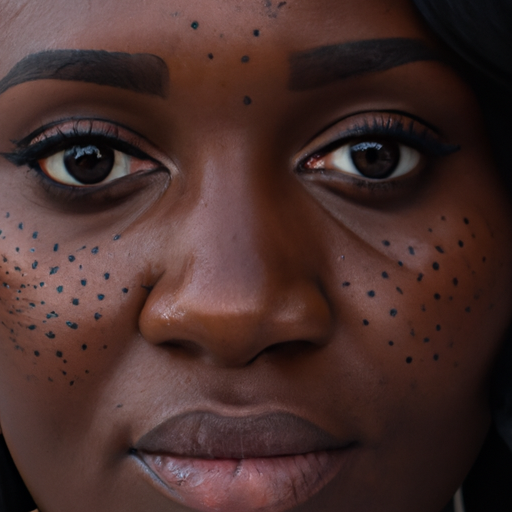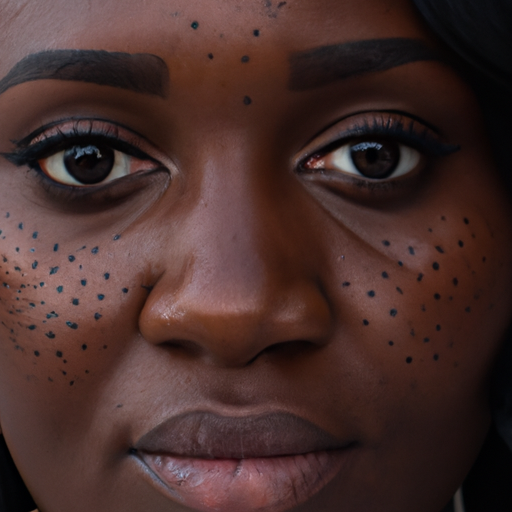Title: Unmasking Acne: A Comprehensive Guide to Diagnosis and Effective Treatment Strategies
As a medical professional, I encounter numerous patients struggling with acne. This common skin condition, affecting millions globally, can lead to significant emotional distress and self-esteem issues. Understanding acne, its diagnosis, and effective treatment strategies is crucial for managing this condition and improving your skin health.
Acne is a skin condition characterized by the appearance of pimples, blackheads, whiteheads, and cysts. It primarily affects areas of the skin with a high number of oil glands, including the face, back, and upper part of the chest. While it is most common in teenagers, acne can affect individuals of all ages.
Diagnosing acne is typically straightforward. As a doctor, I usually identify acne based on a physical examination of the skin. In some cases, I may refer patients to a dermatologist for further evaluation. It’s important to note that acne can sometimes be a symptom of an underlying health condition, such as polycystic ovary syndrome (PCOS) in women.
Once diagnosed, the next step is determining an effective treatment strategy. The choice of treatment depends on the severity and persistence of acne, as well as the patient’s response to previous treatments.
For mild acne, over-the-counter (OTC) products containing ingredients like benzoyl peroxide or salicylic acid may be sufficient. These ingredients work by reducing oil production and inflammation and promoting the shedding of dead skin cells.
For moderate to severe acne, prescription medications may be necessary. Topical retinoids are often the first line of treatment. They work by promoting cell turnover and preventing the plugging of hair follicles. Other options include oral antibiotics to reduce inflammation and bacteria, or hormonal therapies for women whose acne is caused or worsened by hormonal imbalances.
In some cases, procedures such as light therapy, chemical peels, or drainage and extraction may be recommended to treat resistant or cystic acne.
It’s important to remember that acne treatments are not one-size-fits-all, and what works for one person may not work for another. Patience is key, as it can take several weeks to see improvements.
In addition to medical treatments, lifestyle changes can also help manage acne. This includes maintaining a healthy diet, regular exercise, adequate hydration, and a consistent skincare routine. Avoiding certain triggers, such as stress and certain foods, can also help keep acne at bay.
In conclusion, acne is a common but manageable skin condition. With the right diagnosis and treatment strategy, individuals struggling with acne can achieve clearer, healthier skin. As a doctor, my goal is to help my patients understand their condition and guide them towards the most effective treatment options.
Remember, if you’re dealing with persistent acne, don’t hesitate to seek professional help. A healthcare provider or dermatologist can provide you with the necessary tools and treatments to manage your acne effectively.
Keywords: Acne, Diagnosis, Treatment Strategies, Skin Condition, Benzoyl Peroxide, Salicylic Acid, Topical Retinoids, Hormonal Therapies, Lifestyle Changes.




